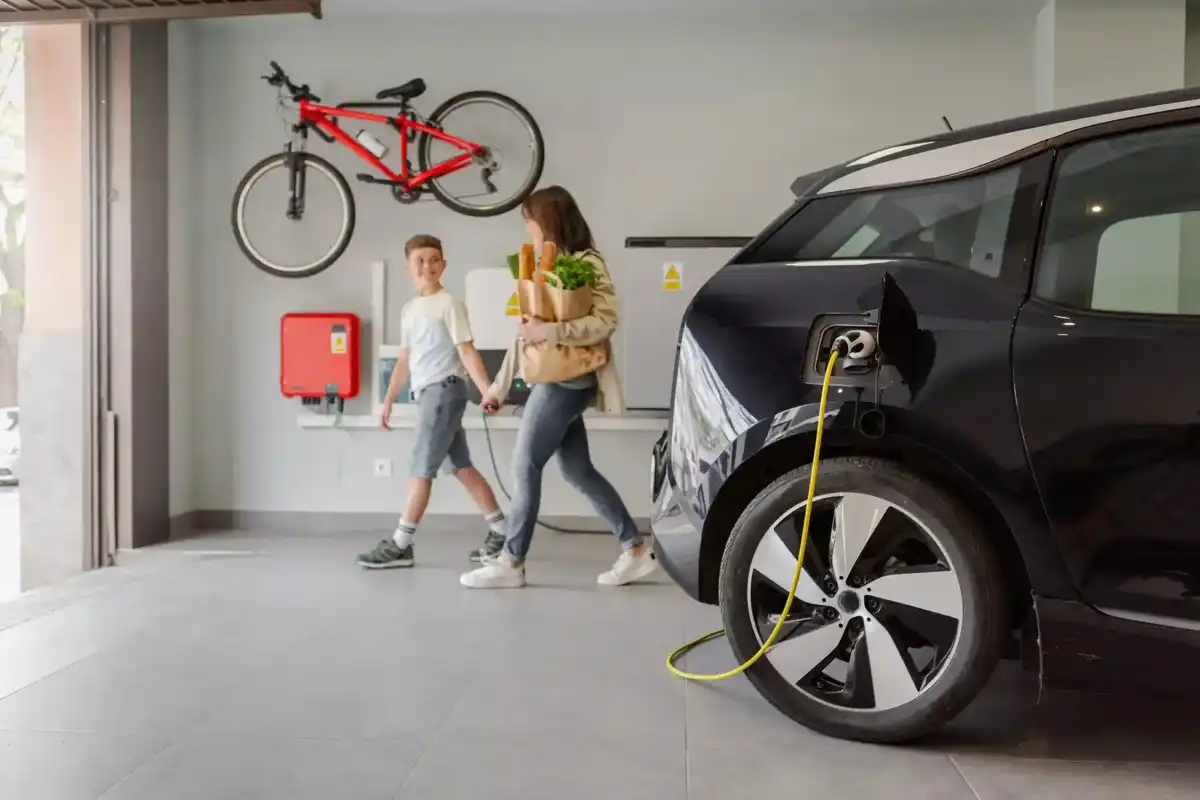Report: College enrollment in petroleum programs — including in Texas — sees historic drop
looking forward
Student enrollment in petroleum engineering programs at universities — including Texas schools — has dropped significantly, according to a recent report.
This prospective energy workforce is concerned about job security as the industry moves forward in the energy transition, reports the Wall Street Journal. The number of students enrolled in petroleum engineering programs has decreased to its lowest point in a decade, the WSJ found, breaking the typical cycle, which "ebbed and flowed" alongside the price of oil.
This decline is estimated as a 75 percent drop in enrollment since 2014, Lloyd Heinze, a Texas Tech University professor, tells the WSJ. The article specifies that the University of Texas at Austin has seen a 42 percent decline since its peak enrollment in 2015, and Texas A&M University has dropped 63.3 percent. Both schools' petroleum engineering programs are ranked No. 1 and No. 2, respectively, by U.S. News and World Report. Texas Tech, which ties with the University of Houston at No. 9 on the U.S. News report, has seen a 88.1 percent decline since its peak in 2015. UH data wasn't included in the article.
The article highlights declines at Colorado School of Mines (87.7 percent), Louisiana State University (89 percent), and University of Oklahoma (90 percent) since their peak enrollment in 2015.
A decline in future workforce for the energy industry would directly affect Houston's economy. According to the 2023 Houston Facts report from the Greater Houston Partnership, Houston held 23.8 percent of the nation’s jobs in oil and gas extraction (33,400 of 140,200) 17.0 percent of jobs in oil field services (33,600 of 198,100), and 9.6 percent of jobs in manufacturing of agricultural, construction and mining equipment (20,400 of 212,000), based on data from the U.S. Bureau of Labor Statistics.
Barbara Burger tells the WSJ that new climatetech-focused startups have emerged and become more attractive to both college graduates and current oil and gas workforce. “There’s competition in a way that probably wasn’t there 15 years ago,” she shares.
The lack of college student pipeline paired with the diminishing workforce from emerging companies poses a challenge to incubant energy corporations, many of which have invested in programs at schools to better attract college graduates. The WSJ article points to BP's $4 million fellowship program with U.S. universities announced in February.
Just this week, Baker Hughes granted $100,000 to the University of Houston's Energy Transition Institute, which was founded last year with backing from Shell. In a recent interview with EnergyCapital, Joseph Powell, founding director of UH Energy Transition Institute, explains how the institute was founded to better engage with college students and bring them into the transitioning industry.
"It takes a lot of energy to process chemicals, plastics, and materials in a circular manner," he says. "Developing that workforce of the future means we need the students who want to engage in these efforts and making sure that those opportunities are available across the board to people of all different economic backgrounds in terms of participating in what is going to be just a tremendous growth engine for the future in terms of jobs and opportunities."
Clean energy jobs are already in Texas, and are ripe for the taking, according to a recent SmartAsset report that found that 2.23 percent of workers in the Houston area hold down jobs classified as “green.” While oil and gas positions are still paying top dollar, these clean energy jobs reportedly pay an average of 21 percent more than other jobs.








 Air Liquide and Hyundai agreed to expand hydrogen refuelling networks, storage capacity and more at a meeting in Seoul last week. Photo courtesy Air Liquide.
Air Liquide and Hyundai agreed to expand hydrogen refuelling networks, storage capacity and more at a meeting in Seoul last week. Photo courtesy Air Liquide.
